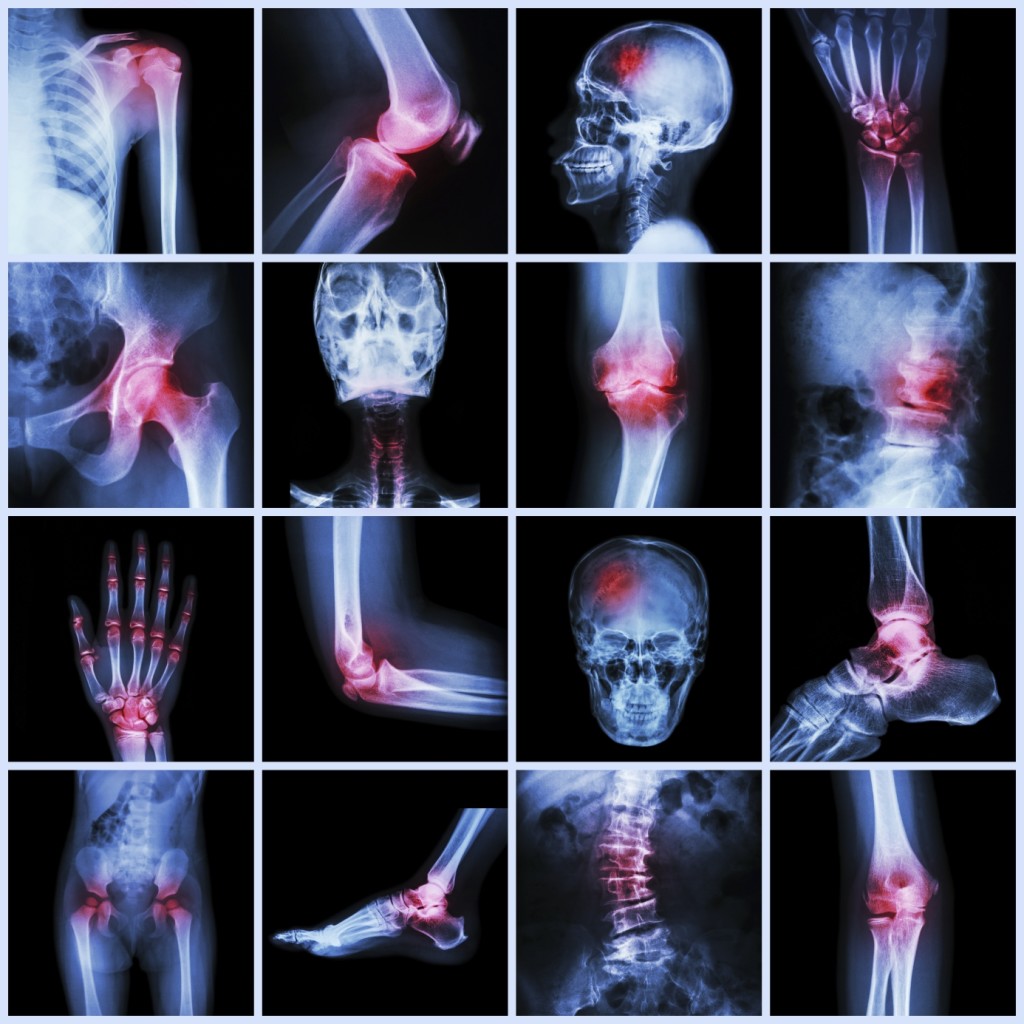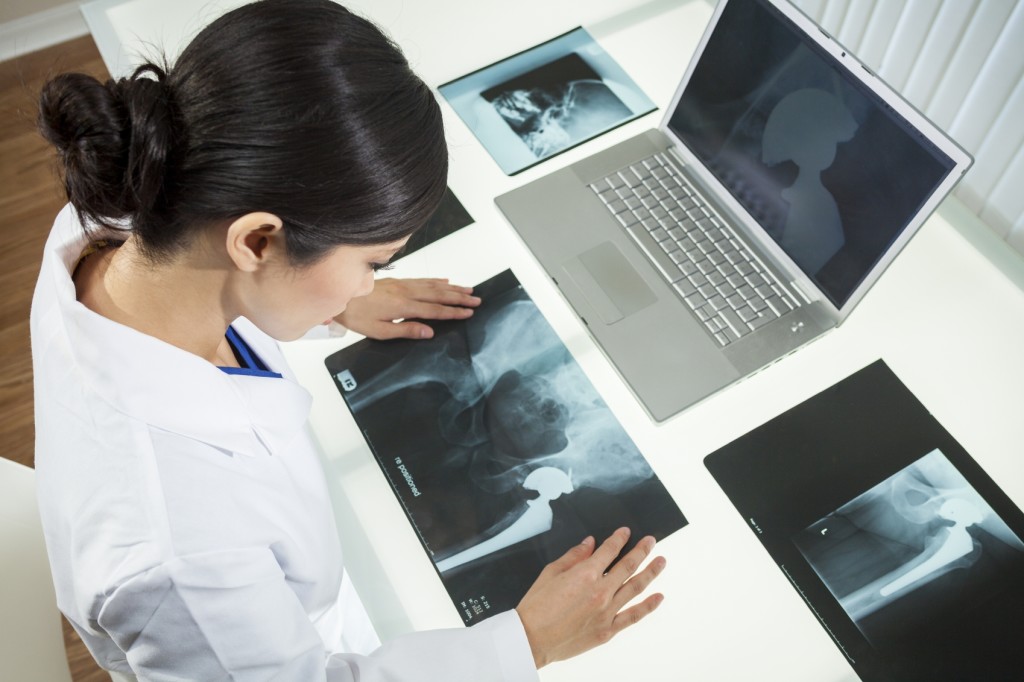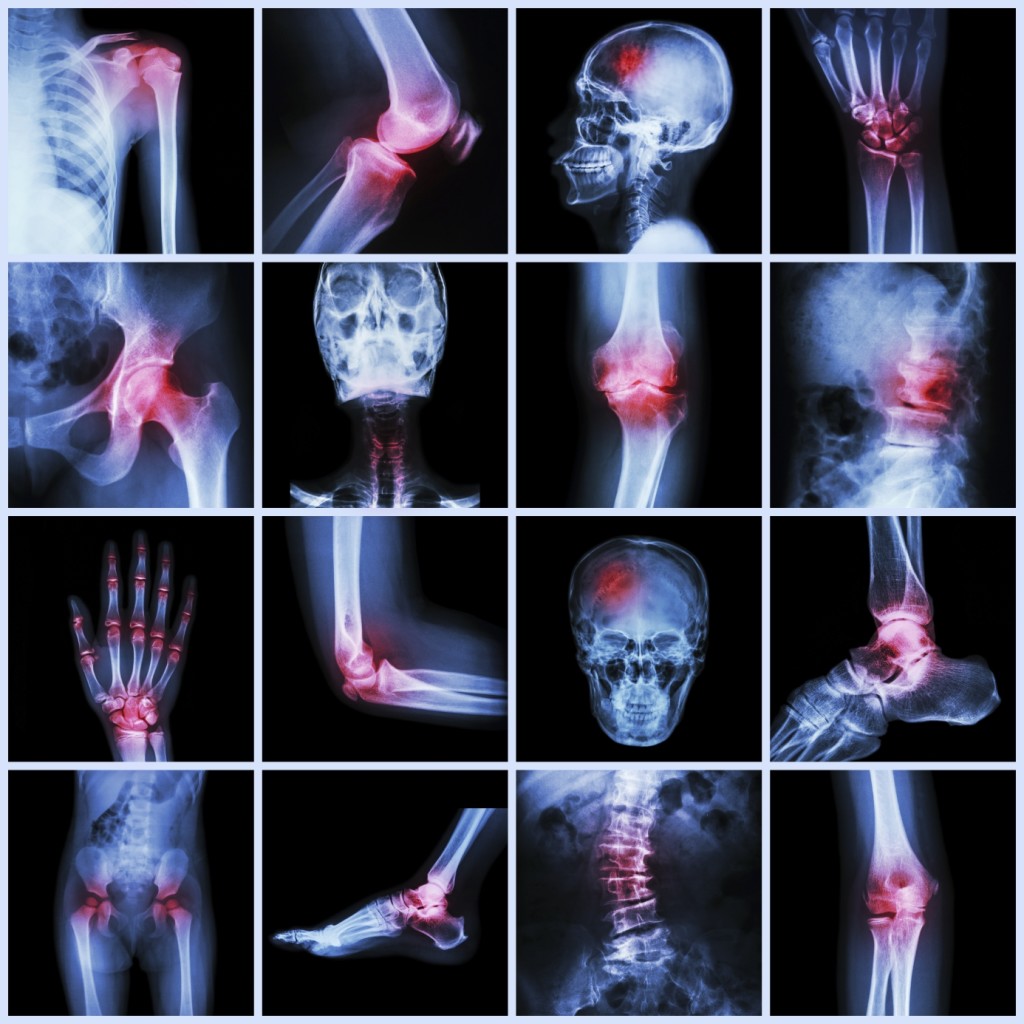Arthroplasty, or joint replacement surgery, is a method by which a diseased joint is replaced or repaired. This type of surgery is not necessary for all cases, but most people with severe joint issues require one form of arthroplasty or another. More specifically, this orthopaedic surgical procedure is used to replace or fix the articular surface of a musculoskeletal joint, in order to provide pain relief and restore function to the joint.

Types of Arthroplasty
Not all joint replacement surgeries are the same. In fact, it’s not always necessary to remove or replace the entire joint, a process that is called total arthroplasty; often a partial removal or replacement of one side or part of the joint is enough. Knowing which one is best suited for your case will depend on your symptoms and your doctor’s advice. The prostheses used can be inserted with or without cement. You will be advised which is the more suitable for you.
When Should You Have Arthroplasty?
Still, you might wonder when it’s appropriate for you to undergo arthroplasty, since the clues that indicate you require surgery might not be completely clear. While symptoms can vary from person to person, the ‘main core’ of warning signs includes disabling pain, deformity in the joints, reduced quality of life, stiffness, swelling and even the locking of the joints.
The journey to joint replacement surgery consists of an initial consultation, where you’ll be warned of all possible risks and what to do after surgery, the anaesthesia and surgery itself, and the aftercare.

Risks of Joint Replacement Surgery
As with any surgical procedure, complications can occur. These typically include bleeding, infection and blood clots so, to ensure that you can have a good recovery without any issues, it’s important that you follow your doctor’s advice to the letter.
Recovering From Arthroplasty
You’ll start walking as soon as possible, even if you just had hip or knee replacement surgery, which usually means in the hospital, so that the recovery process can begin. Once you get home, you need to continue exercising your leg by walking longer and longer distances, which also helps with the swelling and pain. Although you will soon return to your normal life, some modifications are needed; for example, you may not be able to pick up heavy loads like before, and will probably need to remove rugs or other items that can make you trip.
The thought of joint replacement surgery can be daunting, but the process is easy and quick, and you’ll be able to start walking with an assistance device mere days after undergoing arthroplasty. If you have any questions you’d like to have answered, don’t hesitate to contact us today on 07943 947 639, and we’ll do our best to put all doubts to rest!


